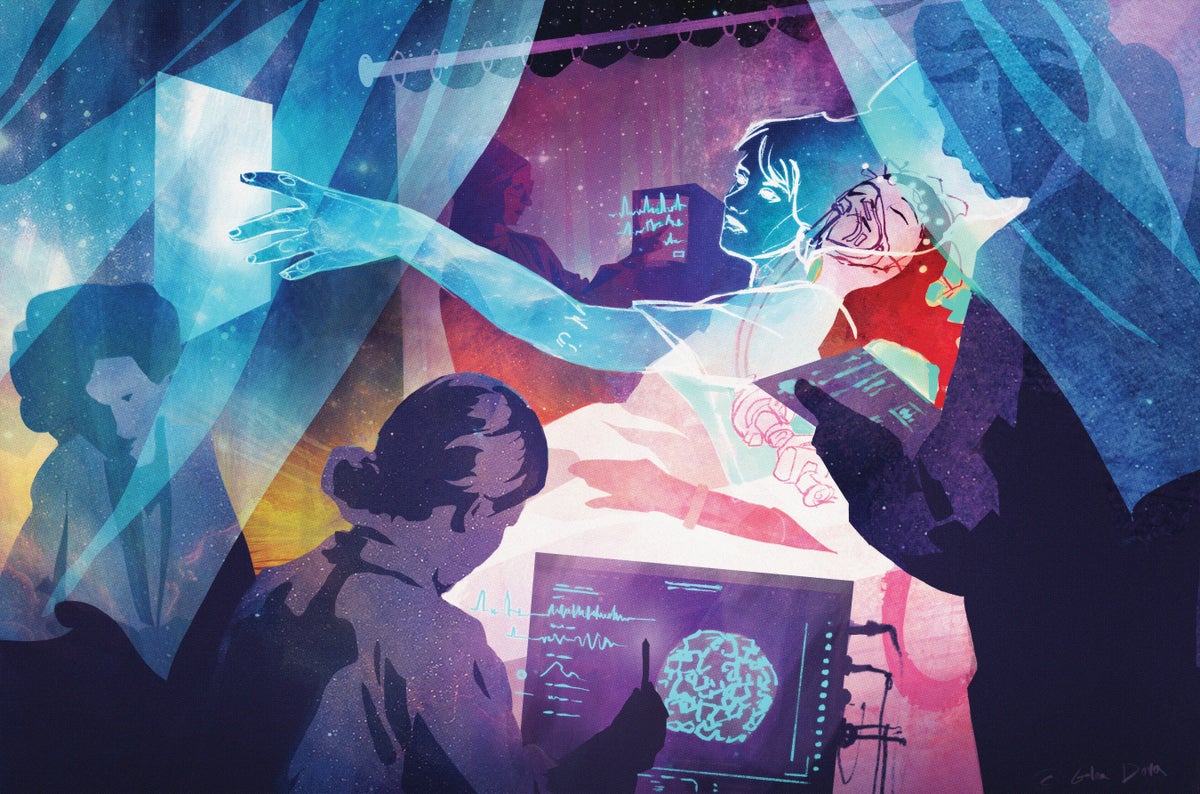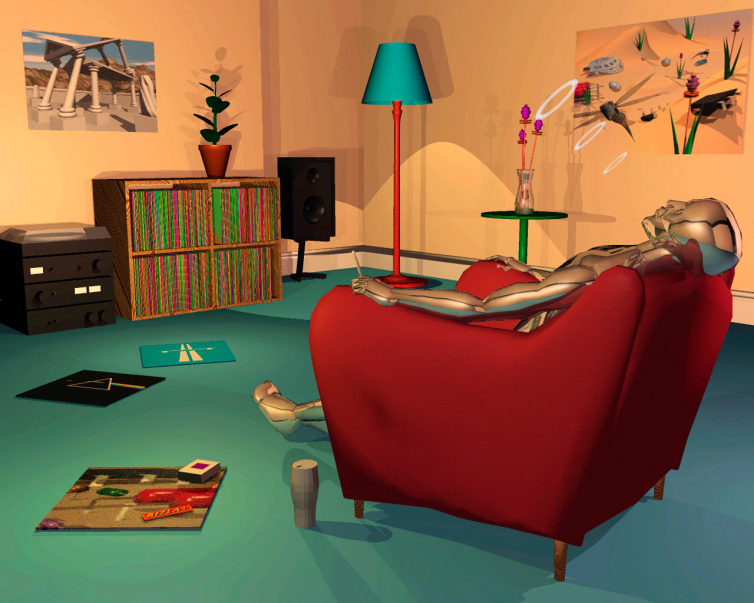
Silicon Dreams | Aesthetics Wiki | Fandom
Silicon Dreams Other names Early CGI aesthetic, 80s/90s CGI aesthetic Decade of origin 1970s (first came into prominence in the 1980s) Key motifs Early CGI Animation, surreal environments and 3D models Key colours Rainbow Related aesthetics 2000s Virtual Singer Blob World Bubblegum Dance Cybercore Cyberdelic Cyberpunk Dreamcore Icepunk Imaginarium Laser Grid Liminal Space Low Poly Med-Tech Visions Old Web Seapunk Sega Uranus Slimepunk Synthwave Vaporwave Weirdcore 7 HD Xpiritualism Silicon Dreams refers to the surreal visuals seen in early CGI animations from the 1980s and 1990s.
Computer-generated imagery (or CGI for short) and its origin can be traced back to the Late 1950s and 60s, when computers were able to render lines and patterns. But the conventional idea of "CGI" as we know today wouldn't start until the 1970s, were they started to generate 3D models for the first time. A notable example from the time being "Computer Animated Hand" from 1972, which is considered the first 3D computer animation to be ever created.
By the 1980s, CGI began to technologically evolve at a faster rate and slowly being introduced to the mass public through advertisements and TV bumpers. It was also during this time when the common attributes associated with Silicon Dreams start to become a lot more apparent, with demos like Quest (1985), Brilliance (1985), Mental Images (1987), Deja Vu (1987), Polly Gone (1988), and the first Pixar shorts like Luxo Jr. (1986), Tim Toy (1988), and Knick Knack (1989).
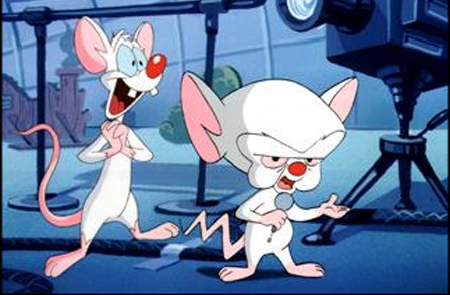


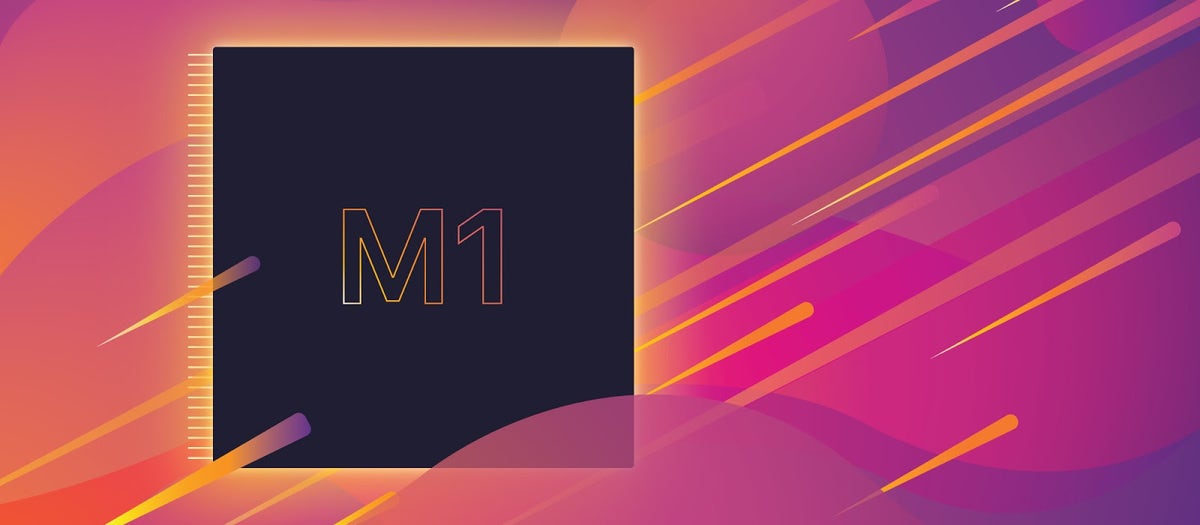
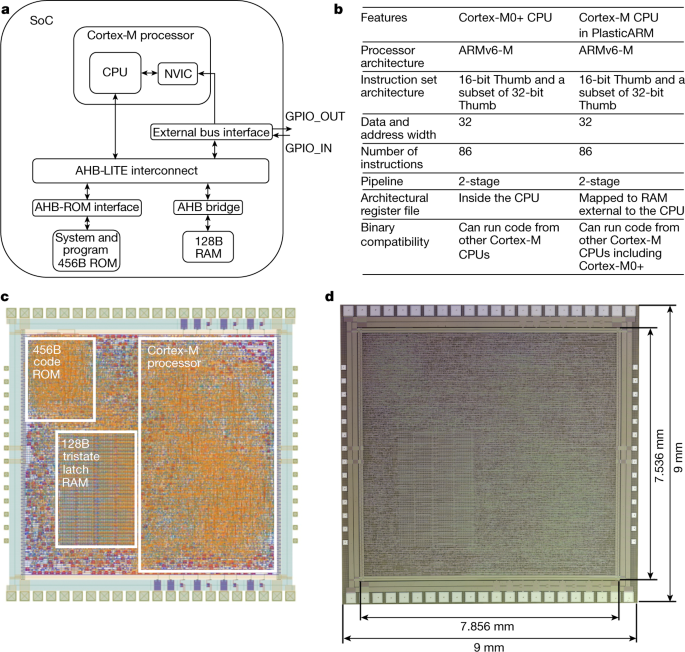
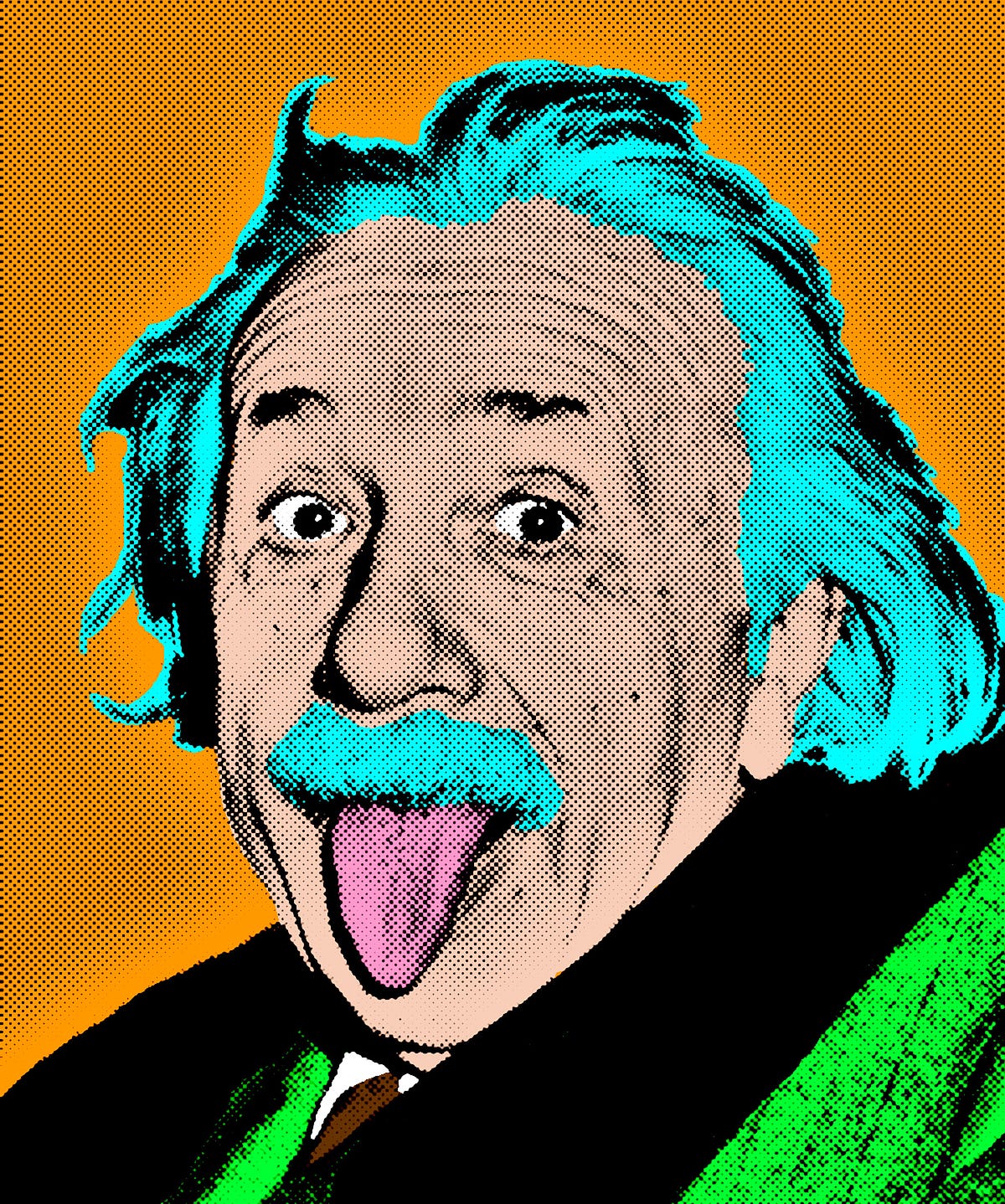

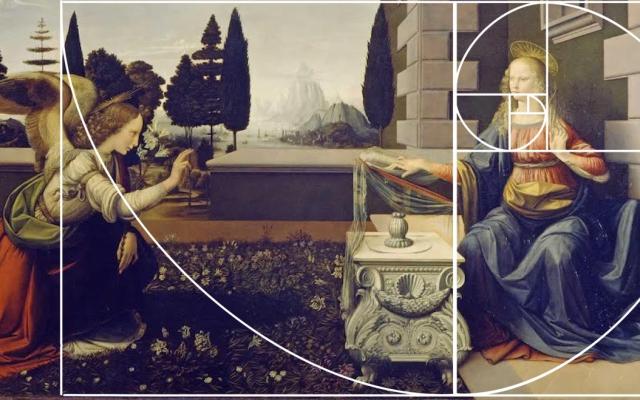




/cdn.vox-cdn.com/uploads/chorus_asset/file/24385267/STK148_Microsoft_Edge_2.jpg)


